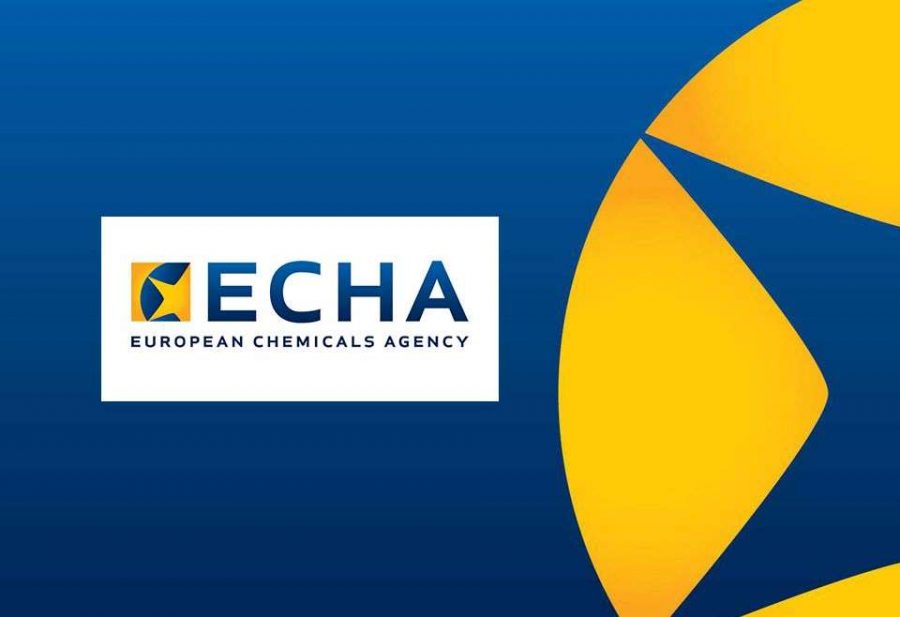
ECHA: REACH driving substitution in many ways
Submitted by:
Andrew Warmington
The European Chemicals Agency (ECHA) has published two reports on the direct and indirect effects of REACH in driving the substitution of hazardous chemicals with safer alternatives. This was based on a survey of industry associations and over 80 companies, many of which had been affected by REACH processes.
Of the companies, 19% indicated that restriction is their main reason, while 15% said that authorisation, by adding a substance to the Candidate List or Authorisation List, was the main trigger. Others substituted when a regulatory management option analysis was under development, usually when a risk management activity, such as identifying substances of very high concern (SVHCs), was proposed. In addition, companies highlighted demands from their customers, enhancing their public image and adopting as motives corporate sustainability policies.
“It’s clear that the most innovative companies are those that have adopted a green mindset, with substitution at the core of their business activities,” said Bjorn Hansen, ECHA’s executive director. The report goes on to outline the various barriers that companies face when substituting and describes how ECHA has helped and intends to help companies overcome these.
Earlier in June, in consultation with its member state committee, ECHA added four more SVHCs to the Candidate List, bringing the total to 2009. These comprise three reprotoxins (1-vinylimidazole, 2-methylimidazole and dibutylbis(pentand-2,4-dionato-O,O’)tin; and one endocrine disruptor, the cosmetic preservative butylparaben. Importers and producers of articles containing them now have until 25 December to notify ECHA.
